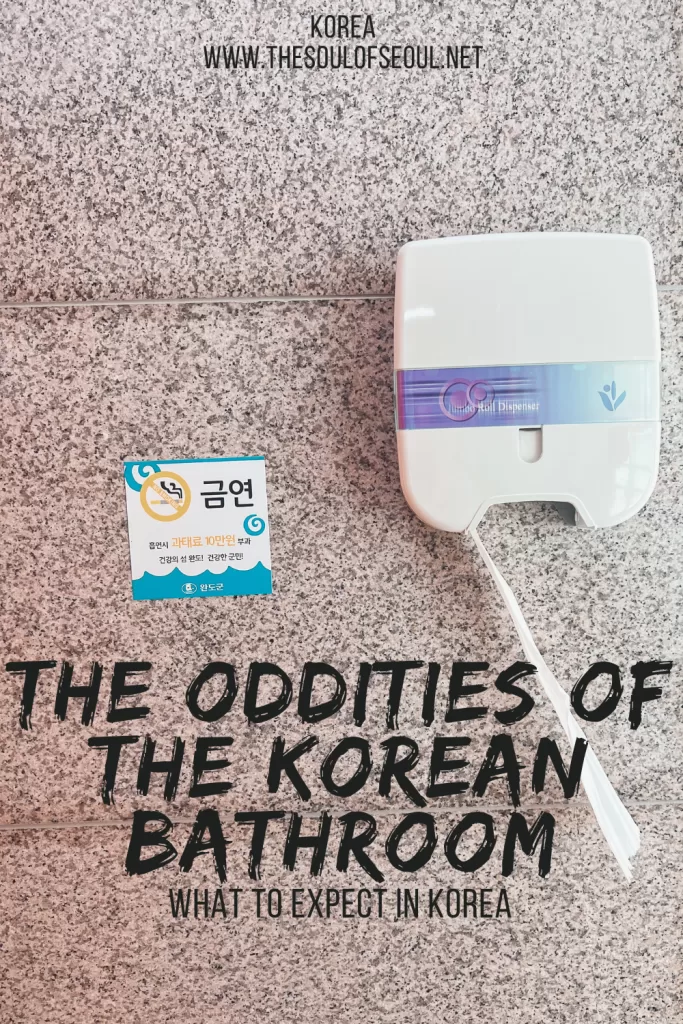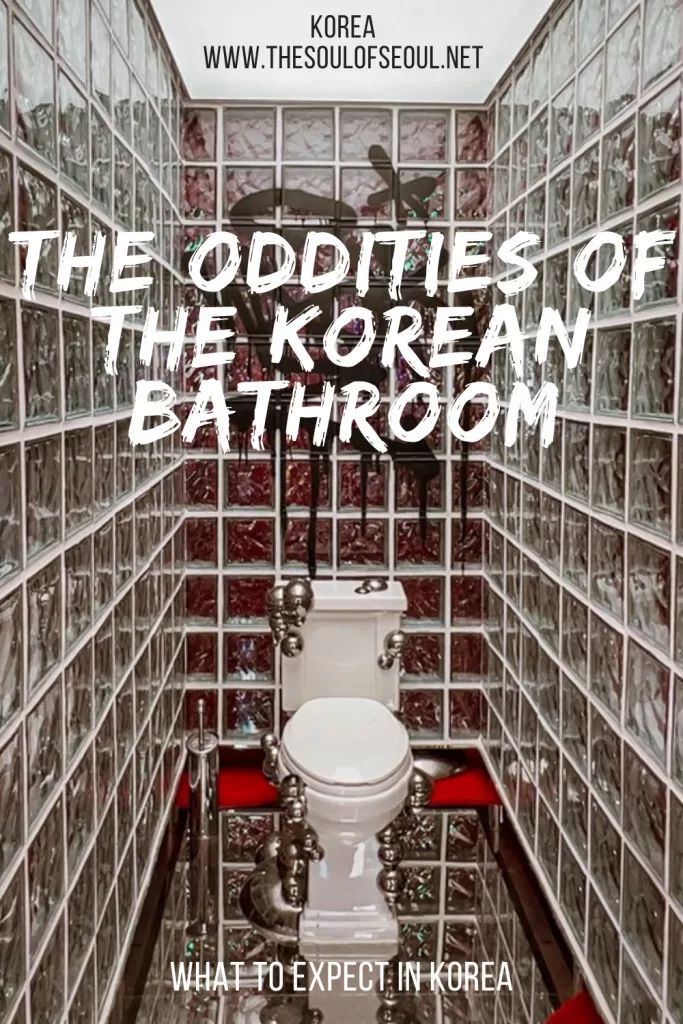Navigating Korea’s Public Bathrooms: Etiquette, Oddities, and Cultural Quirks
Last Updated on June 11, 2025
Forget the glittering skyline of Seoul, the cute cafes, and the K-beauty glamour for a moment—let’s talk about a more down-to-earth topic that’s just as much a part of your journey through Korea: public bathrooms. It might not be on your itinerary per se, but trust me, it’s an adventure in itself and just about everyone goes home with something to say about it.
Korea’s bathroom culture can be a curious mix of old traditions and cutting-edge technology, and understanding the do’s and don’ts could save you a fair bit of confusion. Whether you’re finding the alley bathroom in Hongdae or the upscale option in Lotte Department Store, there are some bathrooms oddities to be prepared for in Korea.
So, let’s dive into the interesting world of Korean bathrooms, what to expect, and how to prepare.
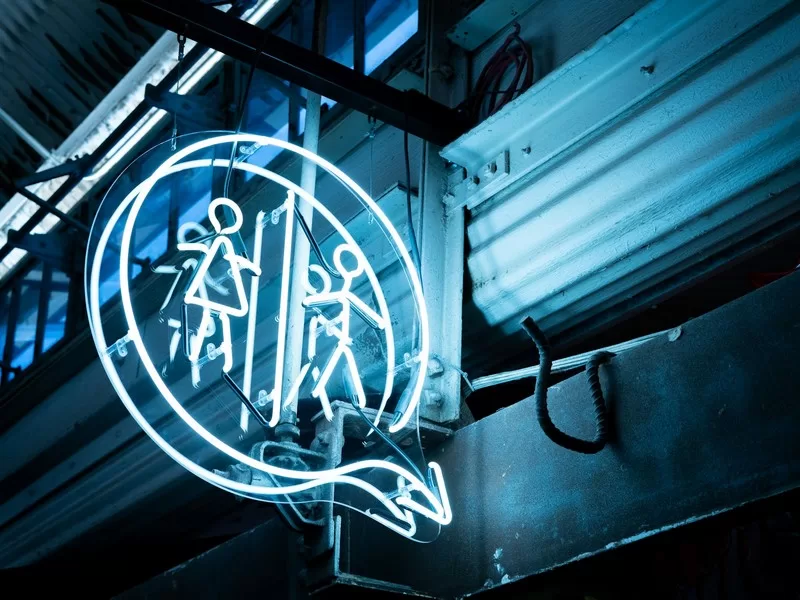
Someone recently told me they’ve never carried around toilet paper in Korea and they’ve been just fine. Go ahead and try but when you need it, you’ll really need it… and other things to know about bathrooms in Korea:
- How To Say Bathroom In Korean
- Finding a Public Bathroom
- On the Road: Bus and Train Restrooms
- Toilet Paper… Where?
- The Mystery of the Trash Can
- The Squatters
- The Super Advanced Toilets
- Bathrooms In The Home
(This post contains affiliate links, which means I receive a certain percentage of a sale if you purchase after clicking at no cost to you. Thank you for your support.)
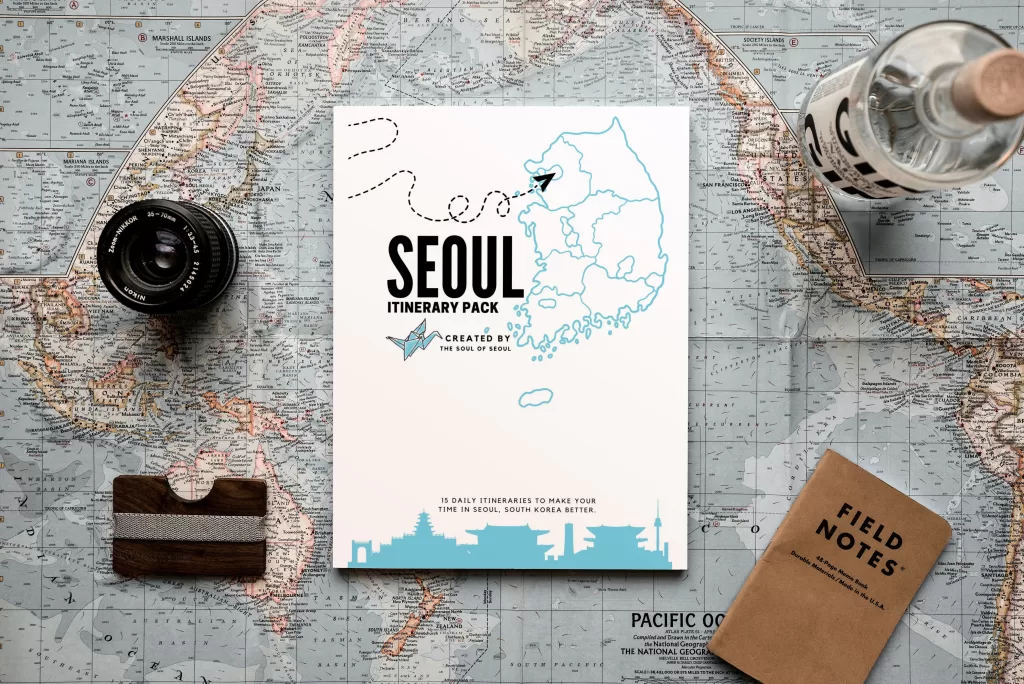
The Seoul Itinerary Pack – 15 Seoul Itineraries
$10.00
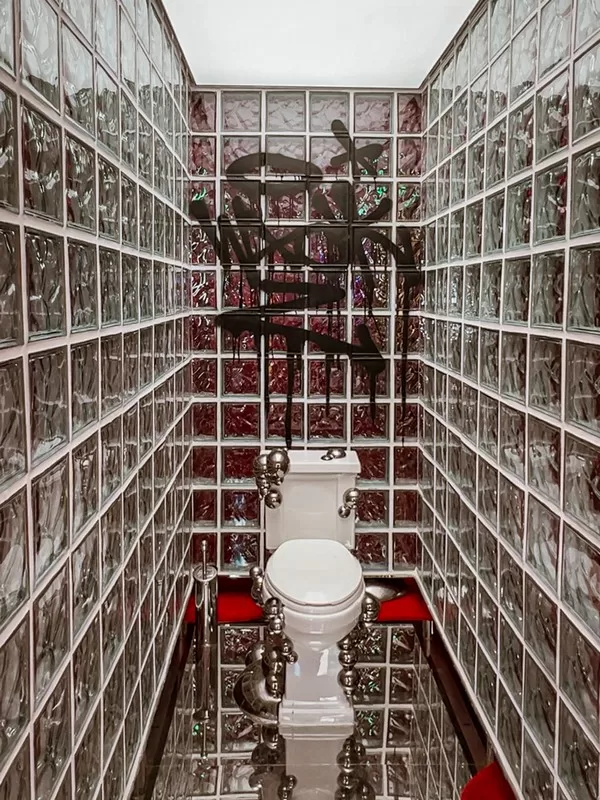
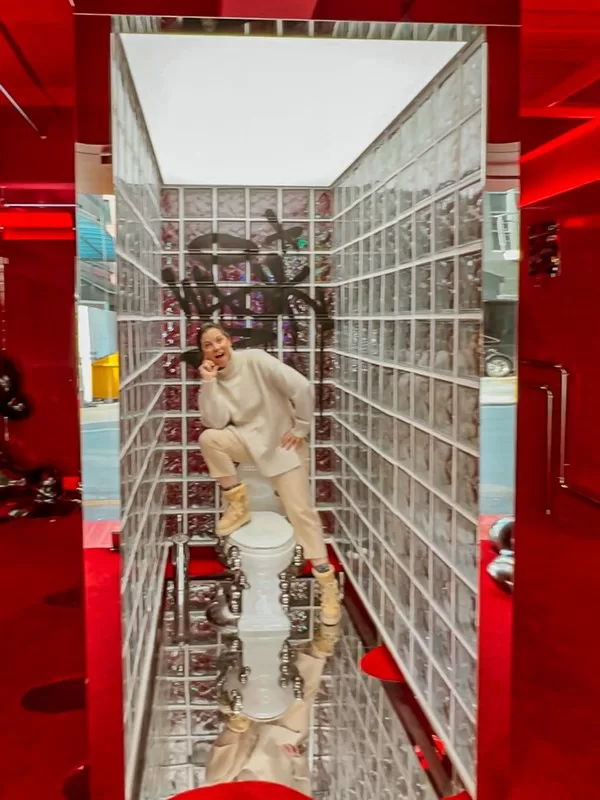
How To Say Bathroom In Korean
First things first, make sure you know how to spot the bathroom and how to ask where it is. Signage is pretty prevalent in buildings, so it shouldn’t be difficult to spot if you’re already at an establishment, but if you need to ask, here’s what to say to find the bathroom in Korea:
Bathroom -> 화장실 (hwajangshil)
Where is the bathroom? -> 화장실은 어디세요? (hwajangshil eodiseyo?)
Finding a Public Bathroom
Now, if you’re out exploring the streets of Seoul or any other Korean city, finding a public restroom might be a bit of a challenge. Restrooms aren’t always visible at first glance, but they really are all around.
After traveling in Europe where we had to pay for bathrooms, and couldn’t just hop into a cafe, I can tell you that Korea is far more respectful of your bodily needs.
There are plenty of restrooms in Korea, you just need to know where to look or who to ask.
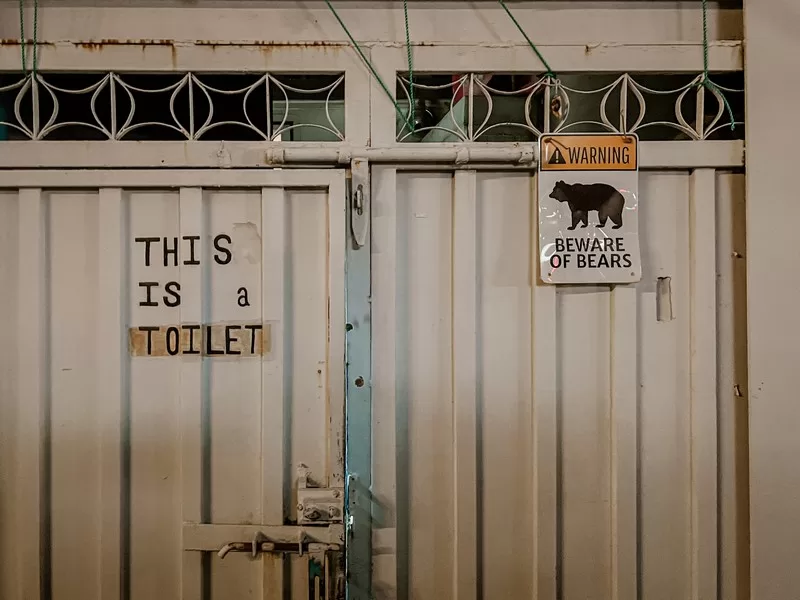
In Seoul, subway stations are always a reliable option—just keep in mind that some stations may require you to tap your transit card before you can access the facilities. They’re kept very clean though, so they’re always a great option.
From department stores to traditional markets and even convenience stores, stop in to whatever is closest and you’ll no doubt find what you’re looking for.
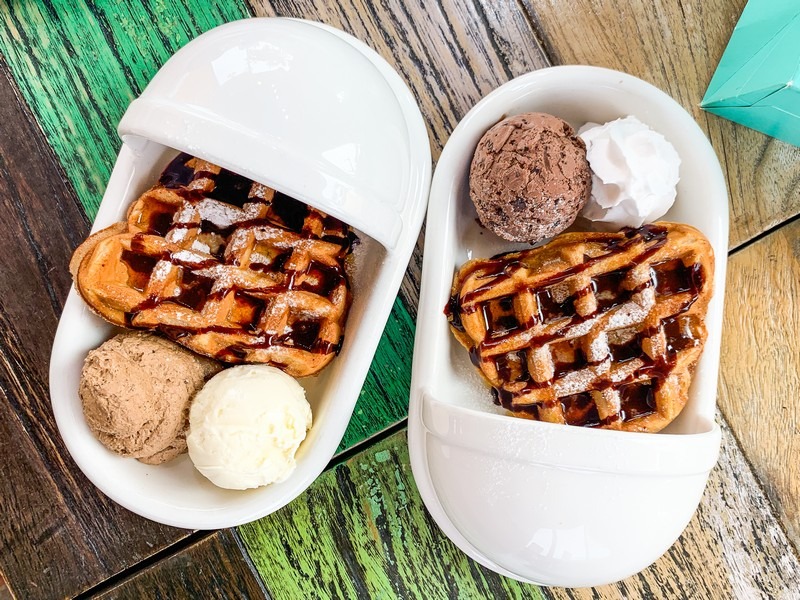
If all else fails, cafés can be your best friend. Not only do they usually have clean restrooms, but you can also grab a cup of coffee to justify your pit stop. For a bit more privacy and cleanliness, public restrooms in large buildings like hospitals or government offices are also a safe bet.
Did You Know: There’s an entire cafe themed around poop? There is a rather interesting obsession with bodily functions in Korea and you’ll find that poop manages to infiltrate even the most mundane of conversations and places.
Visit Insadong’s Ddong Cafe and you can sip coffee from poop-shaped cups and even enjoy a range of poop-themed dishes that are served in squatter shaped dishes.
It’s a hilariously crappy adventure to enjoy while in downtown Seoul. Something your kids will definitely get a kick out of too.
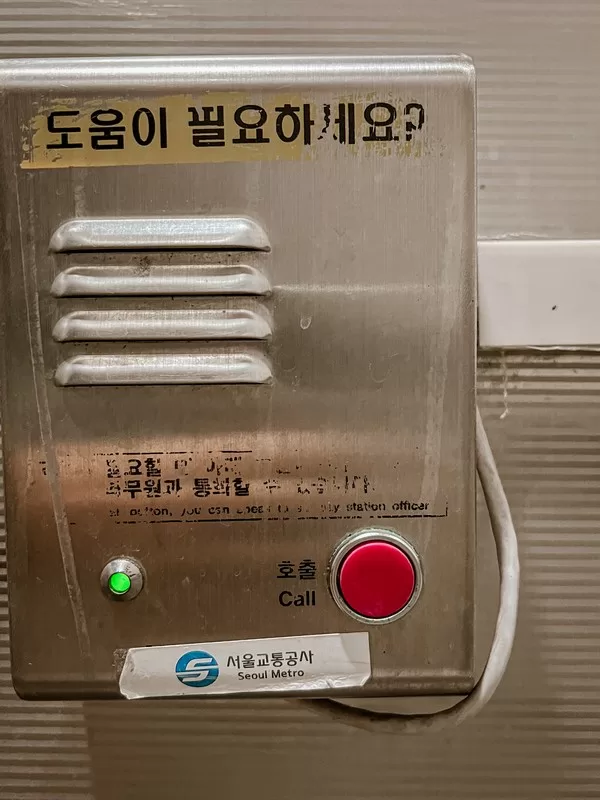
On the Road: Bus and Train Restrooms
If you’re traveling on the KTX, Saemaeul, or another train service, bathrooms are available onboard, but they can be limited in number. If you’re on an express bus, they usually stop every 2 hours but if you have an emergency, just jump up and let the driver know. They’re usually quite understanding and of course don’t want any accidents on the bus. They’ll just pop into the next available rest stop.
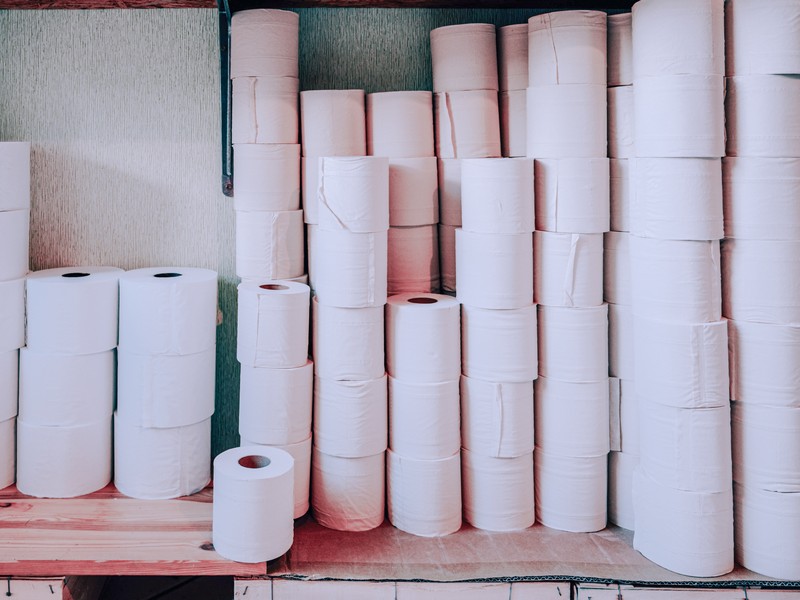
Toilet Paper… Where?
First things first, before you even get into the stall, you need to consider the toilet paper situation. Don’t always expect it to be waiting for you in the stall.
In some bathrooms, especially in older facilities or smaller public restrooms, the toilet paper is kept outside the stalls or, sometimes, even outside the bathroom itself. Pay attention on the way in so you don’t miss it in your one track mind just to get to the toilet.
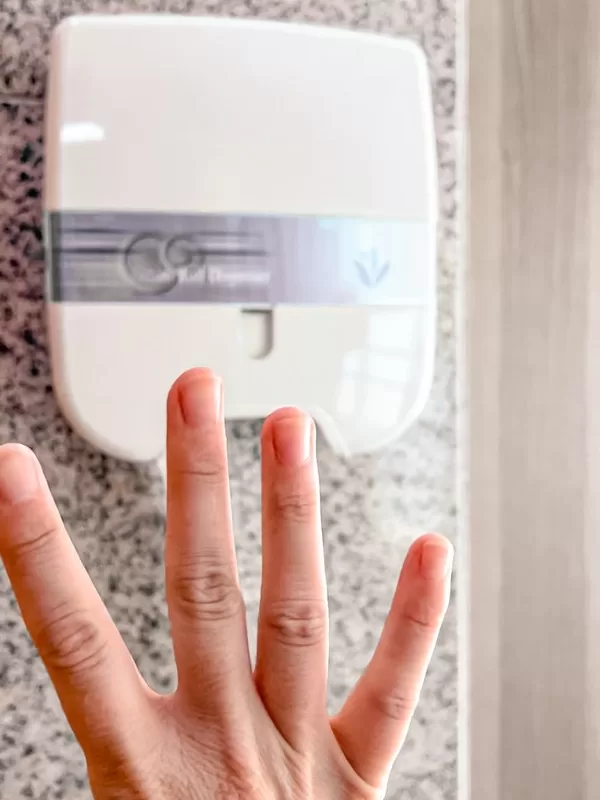
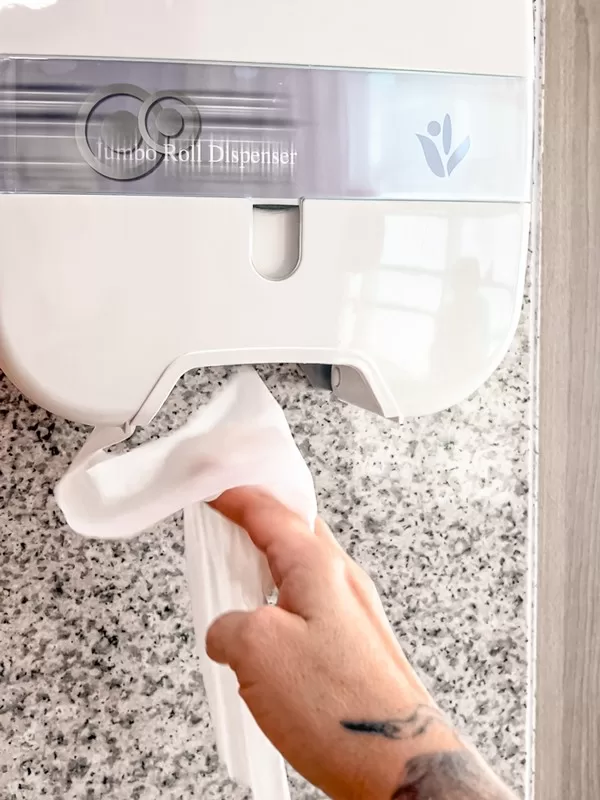
On top of the possibility that the toilet paper may be outside of the stall, occasionally, there’s none at all! In some districts where various shops share a bathroom, they won’t stock it IN the bathroom.
Instead, near the door or the key to the bathroom in the restaurant or cafe you’ve decided to patron, you’ll see a roll of toilet paper. Take a few squares before you go because this is a sure indication there is none in the bathroom that you’re headed to.
Pro Tip: Carry your own toilet paper just in case—whether you’re headed to a temple or a trendy café, a small pack of tissues might just save the day. You can purchase them in an convenience store, but a lot of random promotions outside are done with a free gift of toilet paper. Just open your hand and you shall receive.
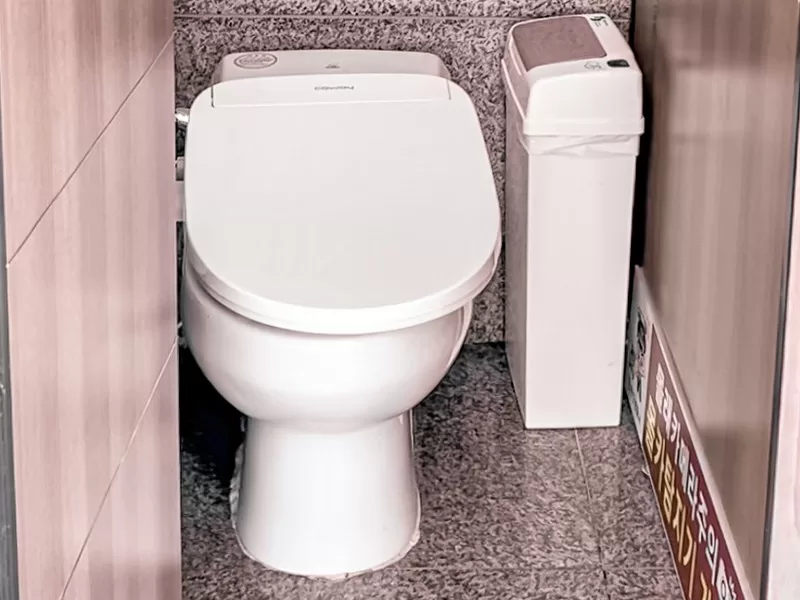
The Mystery of the Trash Can
One of the first things you might notice once you get into the stall—especially in older buildings—is the trash can next to the toilet. While it’s not an uncommon thing to see especially in female stalls, it might not just be for female hygiene products like you might expect.
It might seem like the ideal place to put the trash that you’ve no doubt carried around with you all day because it’s few and far between that you’ll find a public trash can, too. But it’s not for that either.
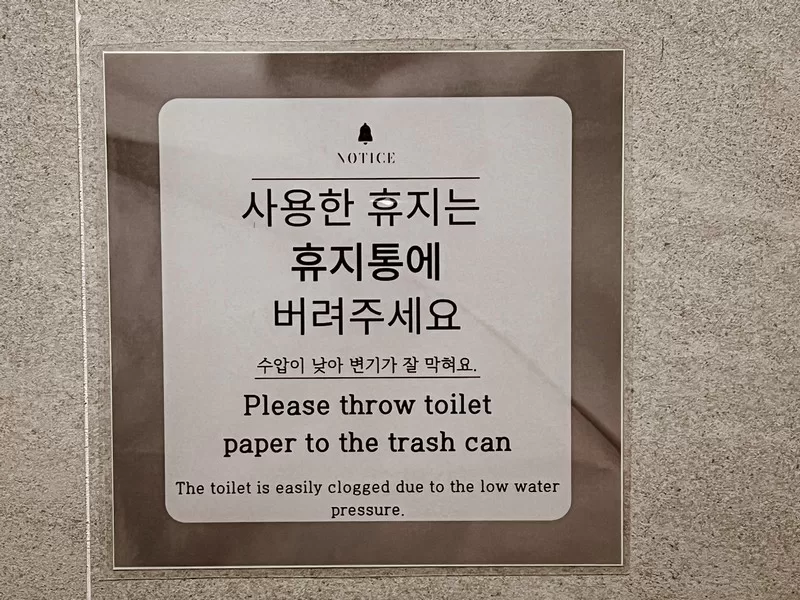
Instead, it’s where you’ll need to toss your used toilet paper! Why? Plumbing systems, particularly in older parts of the country, aren’t designed to handle flushed paper, so tossing it in the trash helps prevent some seriously awkward situations.
I have a seriously bad gag reflex and it can be especially bad in public bathrooms where the trash can hasn’t been emptied in a bit. If you’re like me, you might need to hold it a bit longer than you want to.
Don’t worry, modern restrooms in newer buildings may allow for flushing, but it’s always good to check for signs, just in case. As you can see in the picture above, they let you know clearly that the toilet paper should go in the trash can, while below, alternatively, they tell you to put it right in the toilet.
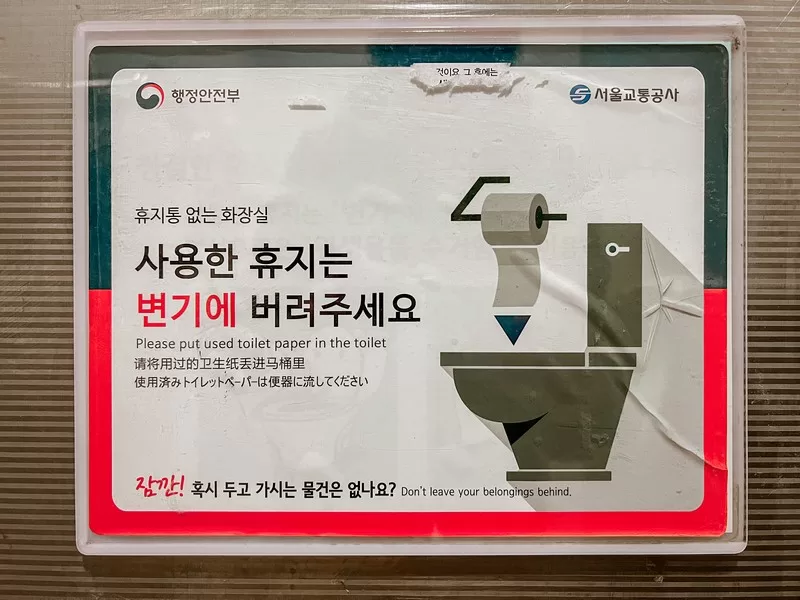
Look For The Signs: Trash cans in stalls are commonplace even in more updated buildings, so how to know you shouldn’t flush the toilet paper? There’s usually a sign on the back of the door that you’ll see when you’ve locked yourself in and taken a seat.
The Squatters
In certain parts of Korea and actually some stalls in subway stations too, the toilet may not be the porcelain throne you’re used to. Squatter toilets—porcelain holes in the ground—can still be found in older or more traditional areas and in subway stations, there are usually 1 or 2 in the row of many many other more standard seaters.
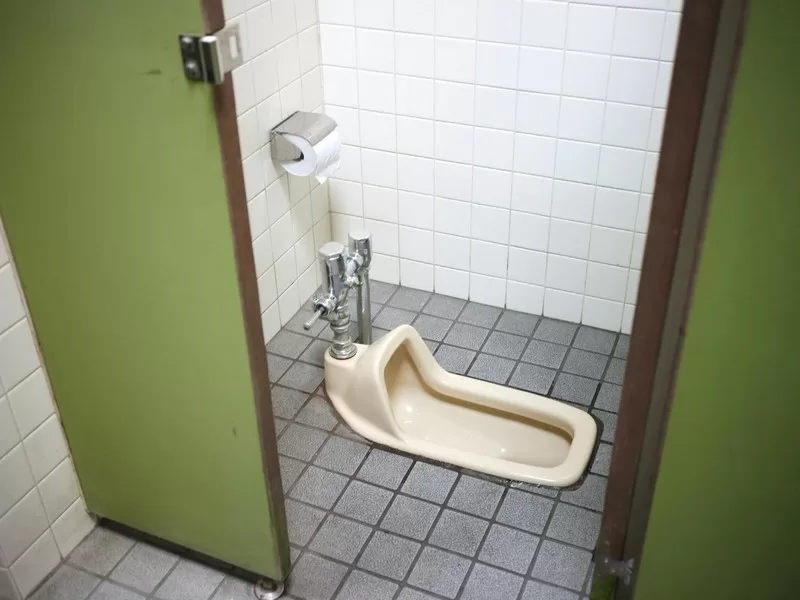
For the uninitiated, squatting might require a bit of balance and flexibility. Practice at home before you get out and about, or just hold it until you find another bathroom.
If you accidentally walk into the squatter in your local subway station, chances are the next one will be the more standard seated option, so just open the next door and check.
Pro tip: Some of these squatters might not even have a flush mechanism. Instead, you’ll find a bucket of water and a smaller scooper nearby. Just scoop some water to pour into the squatter toilet and let gravity work its magic.
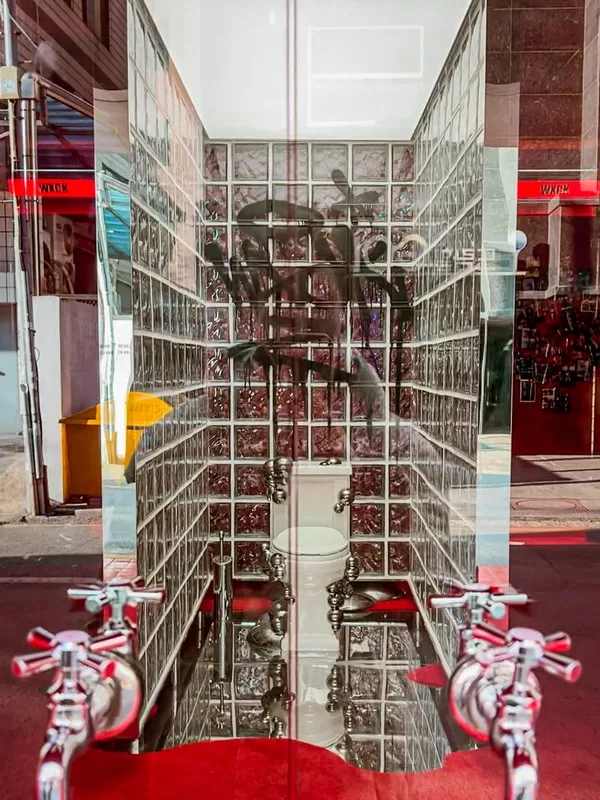
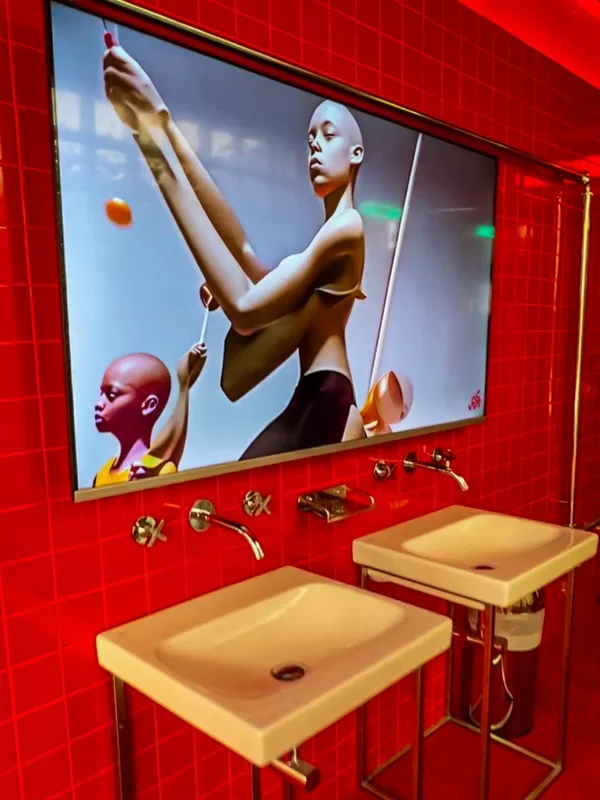
The Super Advanced Toilets
On the flip side, prepare to be amazed by Korea’s high-tech toilets, especially in upscale venues or newly constructed buildings. For some reason toilets with heated seats, adjustable bidets, air dryers, and even perfume spritzers controlled by a sleek somewhat overwhelming panel of buttons are more places than you’d expect to find them.
Some toilets even come equipped with noise-cancelling features, like a “fake flush” sound to ensure maximum privacy during your, ahem, business.
Pro tip: Be careful with those buttons! Pressing them all at random may lead to some unexpected surprises—like an accidental emergency call! One of the many options on the panel.
Bathrooms In The Home
Now, if you’re going to stay in Korea a bit longer, take up residence, then there are some additional things to know about the more private bathroom you’ll encounter in your Korean apartment.
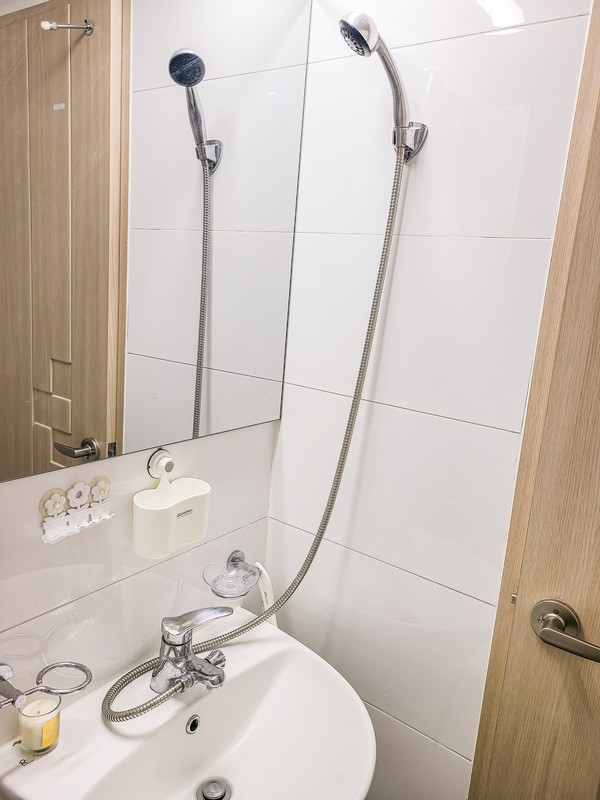

Bathrooms in private residences are “wet” bathrooms. This means that the entire space from top to bottom can and probably will get wet. There’s a drain on the floor and usually a lip on the door so that water won’t go out into the main living space or bedroom.
Don’t be surprised if your shower head is actually attached to your sink. There is a knob to change from sink to shower and you’ll want to pay close attention. There are plenty of people who forget after getting dressed for work and walk in to wash hands or something and end up drenched.
Public bathrooms in Korea are a bit of a mixed bag, ranging from the basic to the bizarrely advanced while the private bathrooms are nice but you’ll need bathroom slippers to walk in them.
Whether you’re squatting in a traditional stall or enjoying a heated seat with all the bells and whistles, navigating bathroom culture in Korea is all part of the adventure. Just remember to carry some toilet paper, pack your sense of humor, and maybe practice your squats before you go!
Did you like this post? Pin IT!
